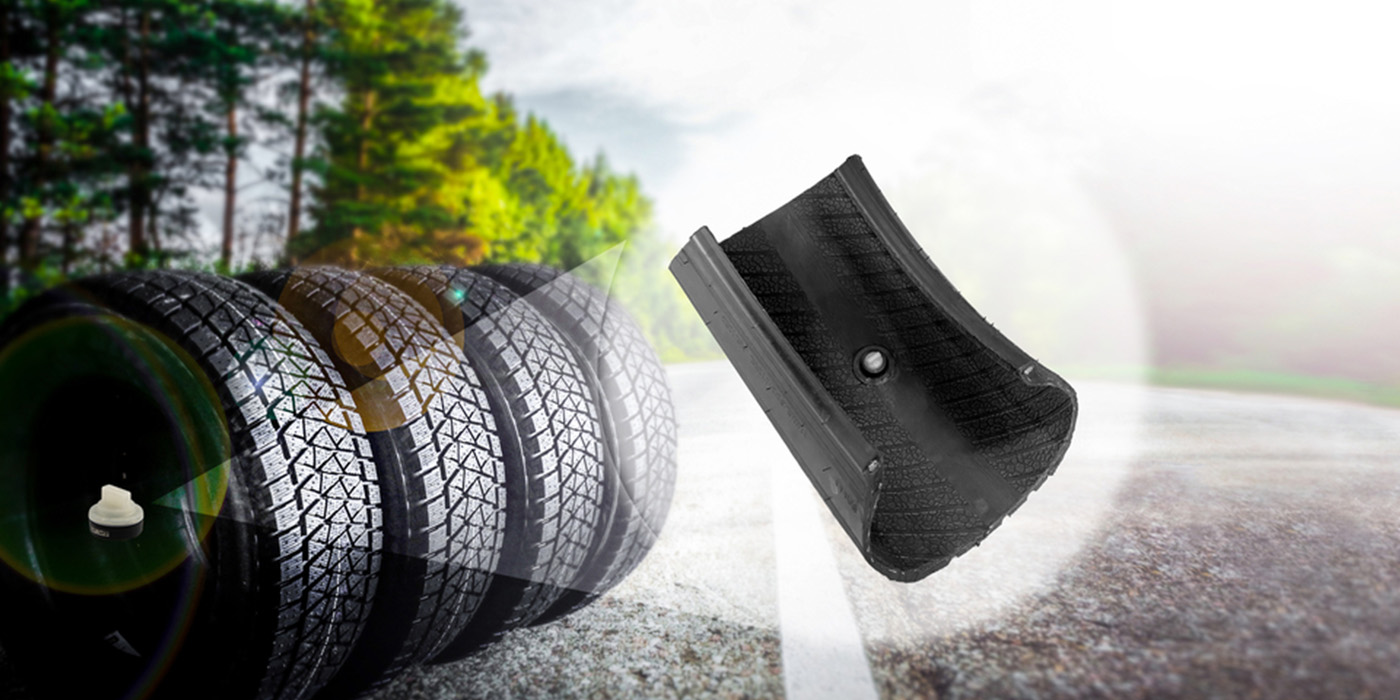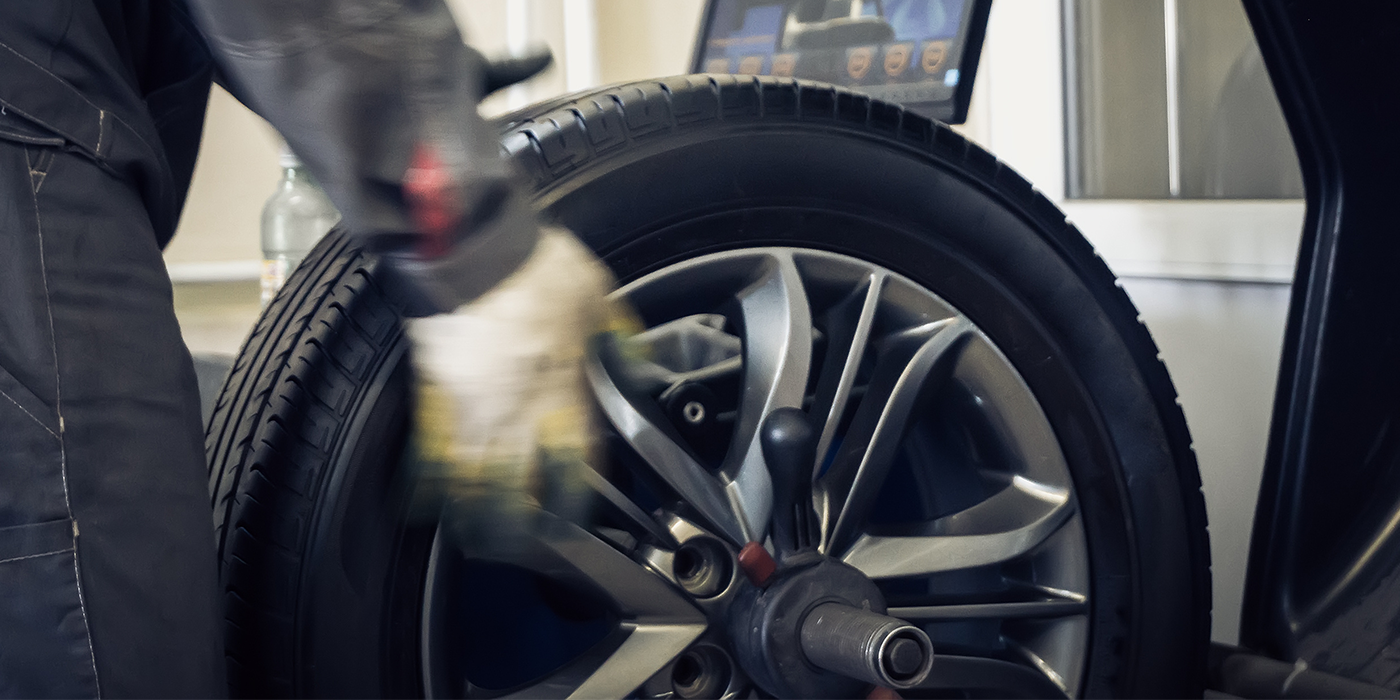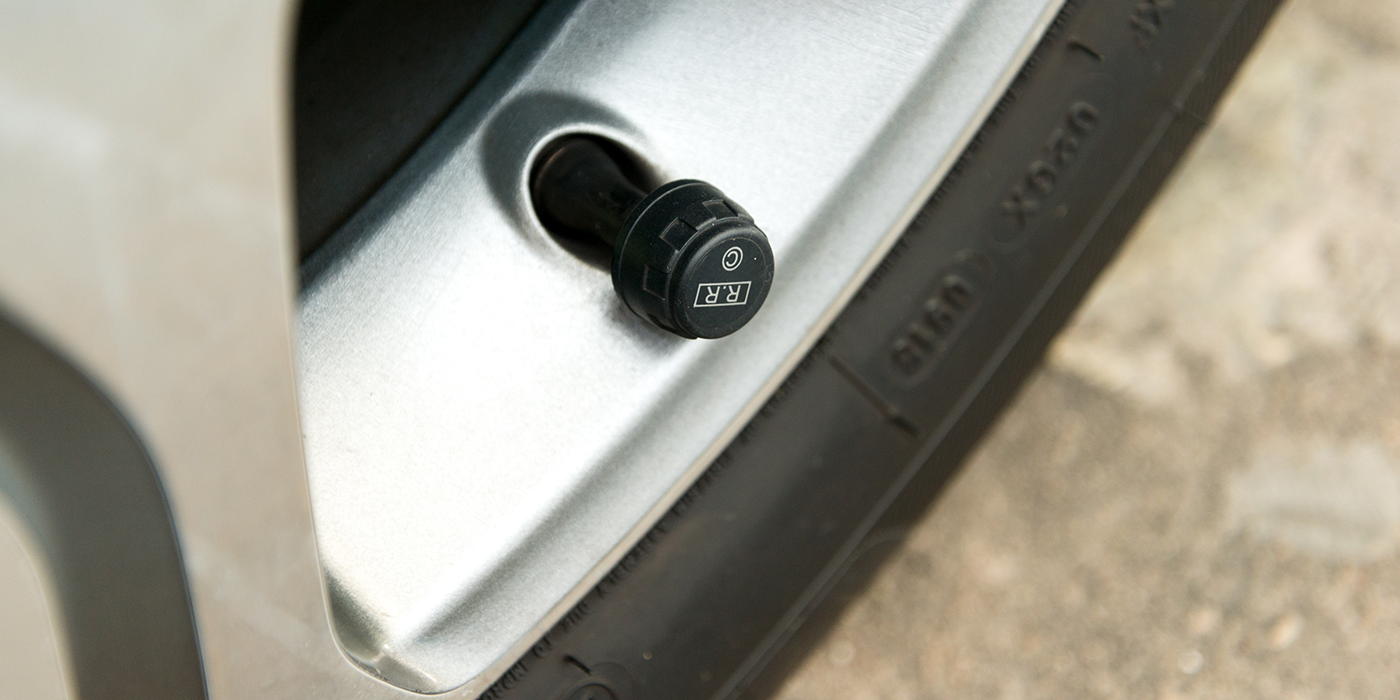Say goodbye to mechanical brake proportioning valves, and say hello to electronic brake distribution (EBD), yet another electronic enhancement that’s being added to many late-model vehicles.
With conventional hydraulic brakes, a mechanical proportioning valve is used to reduce pressure to the rear wheels when the brakes are applied. Inside the proportioning valve is a spring-loaded piston that determines how much pressure goes to the rear brakes.
The reason for brake proportioning is to control brake balance. Reducing hydraulic pressure to the rear brakes prevents them from locking up – especially when braking hard on a wet or slick surface.
What we’re really talking about here is controlling “brake balance” or “brake bias” between the front and rear brakes. Brake bias is the difference in hydraulic pressure channeled to the front and rear wheels when the brakes are applied.
The Electronic Alternative
Though proportioning valves are relatively simple, reliable and trouble-free, they are also obsolete. Since most vehicles now have ABS, a proportioning valve really isn’t needed because brake bias can be controlled by the ABS system. The ABS system can control hydraulic pressure to any of the four brakes, so with a little reprogramming of its control logic, it also can manage brake bias much better than a simple mechanical proportioning valve.
The key to all of this is monitoring wheel speed and vehicle dynamics. The ABS system uses inputs from its wheel speed sensors (WSS) to detect changes in wheel speed that signal a change in traction. On a traditional ABS application, this occurs only when braking and only if one or more wheels start to lock-up and skid. On a vehicle with EBD, the ABS system also monitors and adjusts brake bias any time the brakes are applied.
How EBD Works
Inputs from the wheel speed sensors keep the EBD/ABS system informed as to what’s happening at each of the wheels. Additional sensor inputs may be received from a steering wheel angle sensor and a yaw and/or lateral acceleration (G-force) sensor.
When the brakes are applied, the EBD/ABS system compares the wheel speed sensor inputs from the front and rear, as well as side-to-side, to make sure all of the wheels are braking evenly. The system is programmed to automatically reduce pressure to the rear wheels like a mechanical proportioning valve if it detects any change in rear wheel speed. If less rear braking is needed, the EBD/ABS system cycles the inlet valves for each rear brake circuit to modulate brake pressure.
Because of this, it can optimize braking under all driving conditions, including the braking of individual wheels (front or rear) to improve braking, reduce stopping distances and maintain stability if the brakes are being applied while turning or making other maneuvers. On a dry road, EBD can reduce the stopping distance significantly over ordinary brakes.
It’s important to note that EBD by itself is not the same as a full-blown stability control system, though it comes close and may be combined with stability control. EBD comes into play only when the driver presses on the brake pedal; it can’t tell if a vehicle is going into a turn too fast or the driver is making a dangerous steering maneuver, unless he hits the brakes.
What EBD can do is optimize brake bias and overall braking performance when the brakes are applied to compensate for weight shifts forward or weight shifts to either side. So, in that respect, it’s almost as good as stability control at reducing the risk of understeer, oversteer or skidding – but only when braking.
Diagnosis
A number of vehicles have EBD, including domestics and import nameplates.
Problems with the EBD system are essentially the same as those that may affect the ABS system. Loss of a WSS signal, an erratic WSS signal, or a fault with any of the ABS control solenoids can trigger a fault code and turn on the ABS warning light and brake warning light. If the ABS warning light is on, EBD as well as ABS are temporarily disabled until the fault is diagnosed and repaired. A scan tool is essential for diagnostics.
Symptoms of possible EBD problems include premature wheel lockup or skidding when braking normally, or uneven braking. Your diagnosis should include a thorough inspection of the basic brake system to rule out any mechanical or hydraulic problems such as a leaky caliper or wheel cylinder, contaminated brake linings, hose or line problems, etc.
If the problem isn’t mechanical, the next items to check would be the WSS inputs to the ABS control module and the operation of the ABS solenoid valves.
PCM reflashes may also be needed on some vehicles if the EBD system on a particular application proves to be overly sensitive or not sensitive enough. The ABS control module can be reprogrammed to change the brake bias if a revision is needed.













